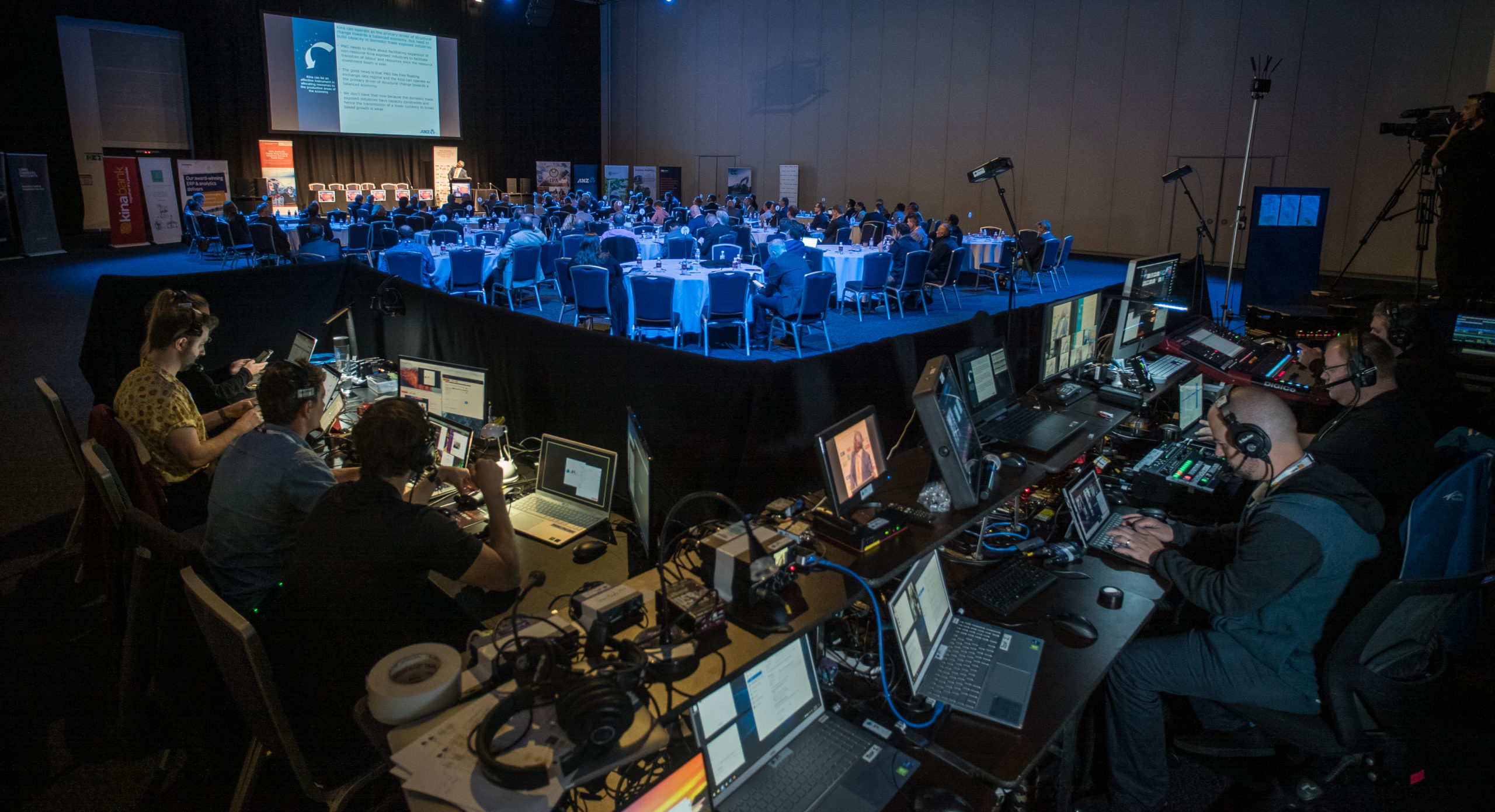How to Make Networking Engaging in a Virtual Setting
From inboxes and Slack channels to texts and DMs, it can feel like we’re in nearly constant communication with co-workers and colleagues. So many messages, so little time. Have you ever felt drained from simply responding all day, and realized you haven’t gotten that much work done?
The concept of virtual fatigue comes into play with virtual events. You’re behind a screen, watching and learning from speakers and interactive content, doing your best to pay attention and stay focused. We get it: On top of all the other challenges you’re facing, engaging with others virtually may seem energy-zapping. Many of us have been craving face-to-face interaction since the pandemic hit last fall, and trying to network from behind a screen just doesn’t seem like it can be the same—right?
That’s all changing. Over the past year, we’ve been refining our offerings and launching new tools to help you navigate the complicated world of virtual and hybrid events. We’ve debuted new tools to make a critical part of those events—networking!—fun (really). Hear us out through two case studies.
No. 1: Connecting Virtual and In-Person Attendees Through Video Calls
The client:
Australia Papua New Guinea Business Council 36th Annual Trade Expo.
The challenge:
As with any hybrid event, we faced the challenge of helping this event’s virtual audience to feel like they were right there alongside in-person attendees. How could we bring the live stage, which took place in Brisbane, Australia to those watching from home offices (or living rooms, or bedrooms) throughout the country?
The networking solution:
We implemented one-on-one video chats between our live audience and virtual participants—think of it like FaceTime in a professional setting, but with a playful spin. The live audience could use a function on the event platform to video-call a sponsor who was tuning in on the virtual platform. (All they had to do was log in, select a sponsor, and call.) From there, they could chat, walk around the live event to show them around, provide a front-row seat to the live content, or even give them the rundown of the coffee break pastries, providing them with a full, well-rounded experience with the event.
The result:
In hybrid events, it’s so important to connect the experience for virtual and in-person attendees, and we accomplished that in part by incorporating this video chat. Both in-person and virtual attendees were thrilled with the feature, reporting having fun with the tool. Virtual participants reported feeling there without actually being there, and being well-connected to the live content.
No. 2: Connecting Virtual and In-Person Attendees Matchmaking
The client:
Governance Institute of Australia
The challenge:
As with any event, we faced the challenge of helping this event’s audience make the most of their time and to leverage networking opportunities. How could we enable delegates to connect with relevant people, content and products during their limited time attending the event?
The networking solution:
We implemented a match making tool based on interest tags that were collected at registration. These tags were used to identify the delegates interests based on their role, career, expertise, need for info etc. Think of it like Tinder for professionals, but without the swipe left. Delegates, speakers and vendor staff could see who was attending and see what they were interested in. The platform listed all recommended people, sessions and products based on the interests that everyone listed. (All they had to do was log in, confirm their interests then browse) From there, they could chat with like minded people, find content relevant to their interests, add sessions to their schedules and sync with their calendars, research and talk with speakers, visit the exhibit hall, request a meeting with another delegate, speaker or vendor, or post their ideas and comments to the whole crowd knowing they were connecting with people they knew had the same interests. This valuable networking tool provided them with a full, well-rounded experience with the event.
The result:
In virtual events, it’s so important to stick with strategies that we enjoy as humans and not rely on technology to do everything. We accomplished that by using technology to enable more meaningful one on one’s, by matching people’s interests. Everyone was thrilled with the feature, reporting having fun chatting with each other and arranging meetings. Participants reported feeling there without actually being there, and being well-connected to the content, people and solutions on offer from vendors.




